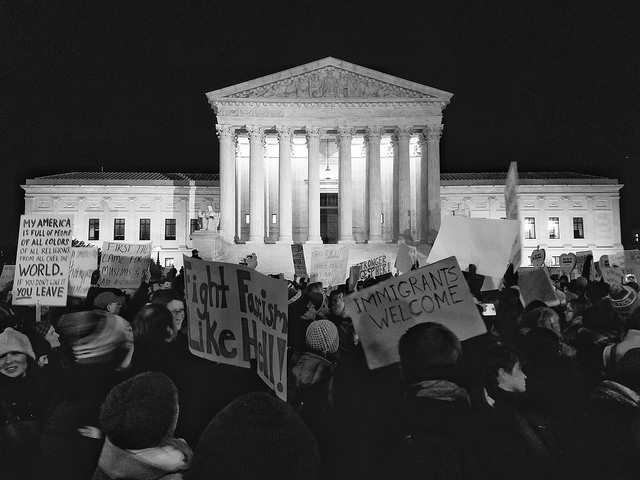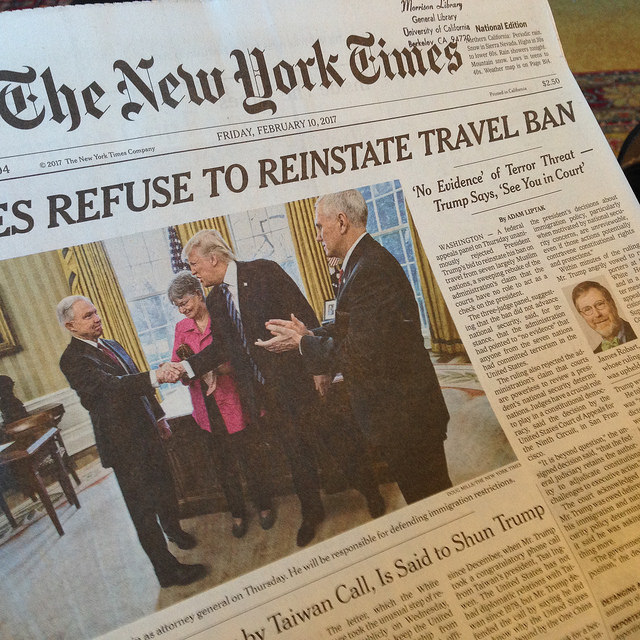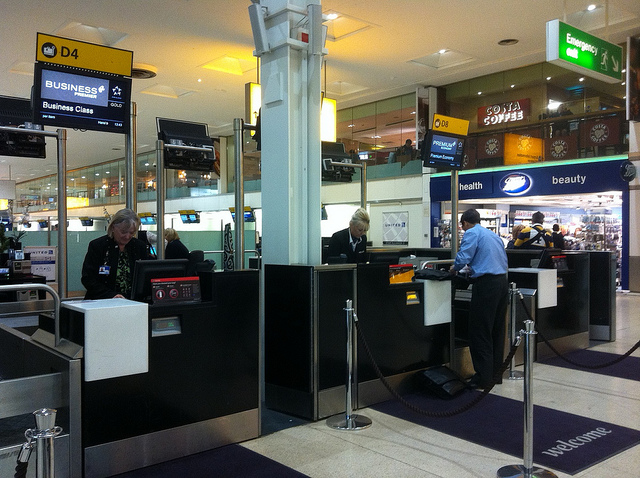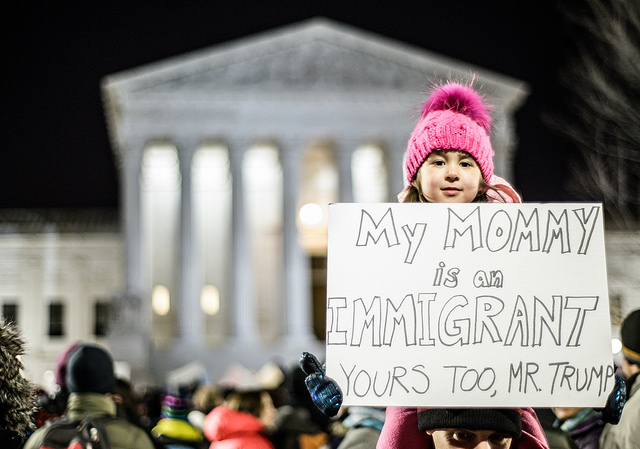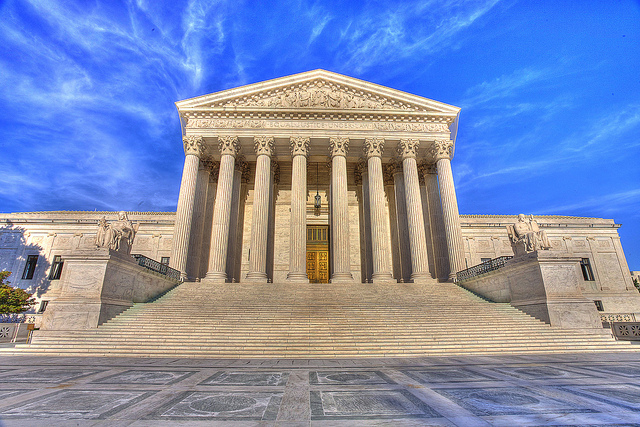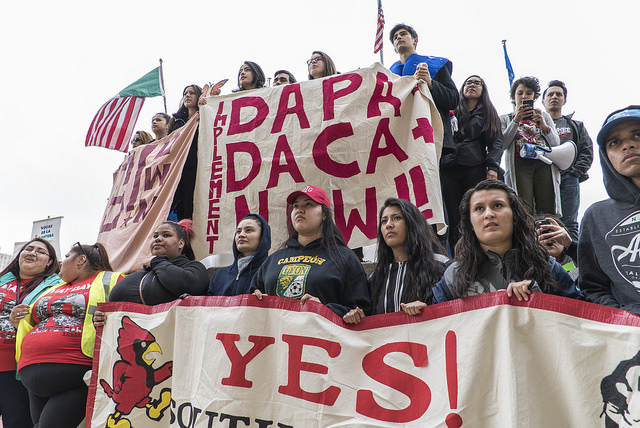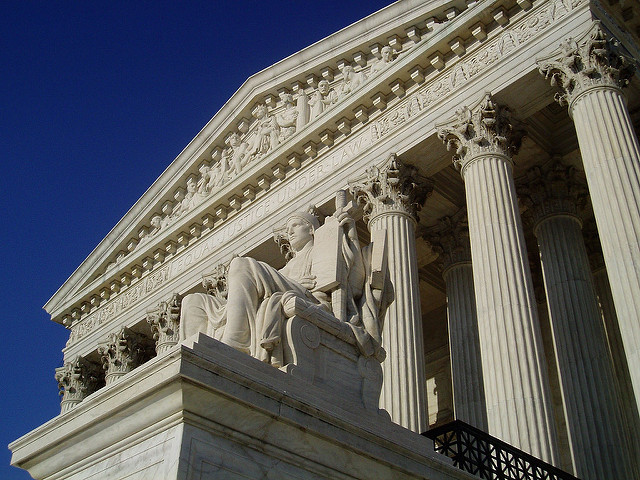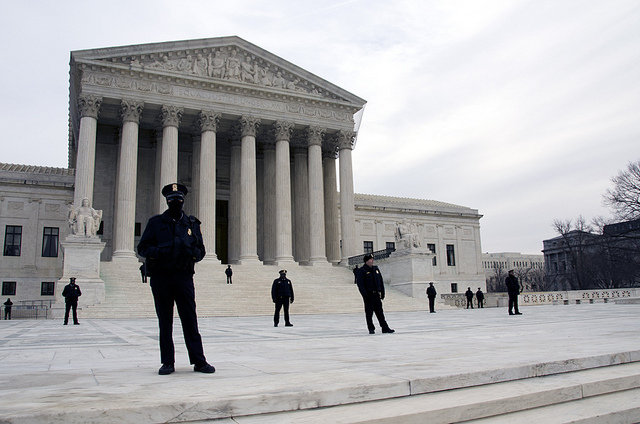On Monday morning, the United States Supreme Court announced that it will hear arguments for and against the President’s controversial executive order, “Protecting the Nation from Foreign Terrorist Entry into the United States,” otherwise known as the “travel ban,”when it reconvenes in October of this year. The President’s executive order seeks to block the admission of foreign nationals from 6 predominantly Muslim countries (Syria, Sudan, Somalia, Iran, Libya, and Yemen) for a period of 90 days, and suspend the admission of refugees for a period of 120 days.
This announcement sets in motion the end of a long legal battle challenging the scope of the President’s executive power on immigration. This Fall, the Court will be tasked with determining whether the ban violates the establishment clause of the U.S. Constitution, as well as key provisions of the Immigration and Nationality Act, signed into law by Congress.
In the meantime, the Supreme Court has announced, in their per curiam opinion, that a limited version of the President’s executive order will remain in effect, until the Court makes its final ruling. In their opinion, the Court ruled that foreigners who have no ties or relationships in the United States may be prohibited from entering the country. This would include individuals applying for visas who have never been to the United States, or have no family, business, or other ties.
 Visa Lawyer Blog
Visa Lawyer Blog


